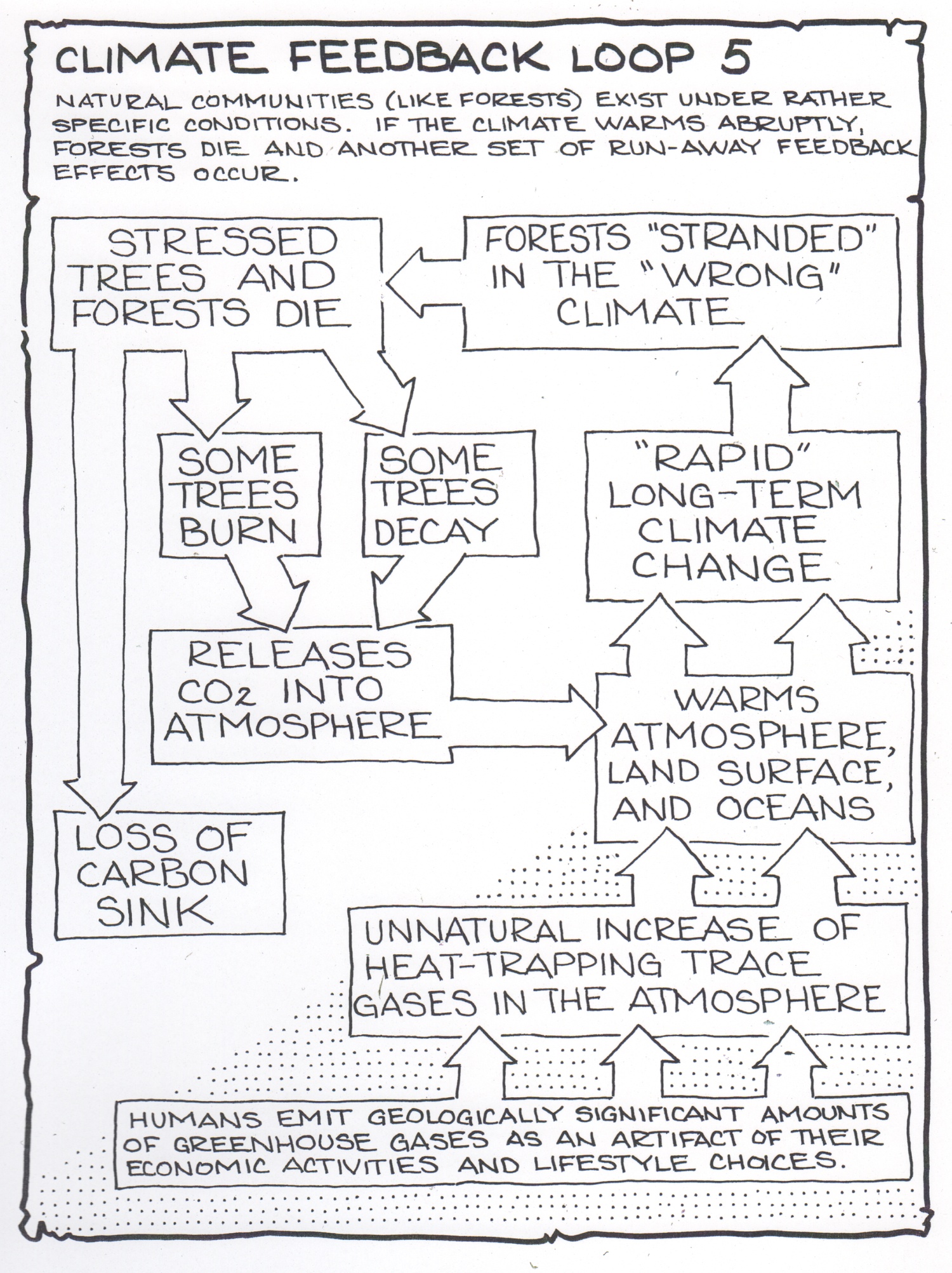This weekly blog post and its host website cover a wide variety of Fred Montague's environmental commentaries, gardening topics, and wildlife/art activities. Please browse the website and the blog archives for topics you are interested in.
Climate Change Homework Assignment
Here's a topic for every fifth-grader's science fair project. Or, if you are a "climate change skeptic" or if you would like to challenge your friends who are, this is a simple exercise.
Background: We know that the Earth's pre-industrial atmosphere contained certain trace gases that absorb heat energy. During the daytime, the sun warms half of the planet as it rotates on its axis. At night, some of the absorbed warmth is reradiated back into space. Without the atmosphere's greenhouse effect, all heat energy would be lost to space and the Earth would be very cold-- less than 32 degrees F. Water would be frozen and life as we know it could not exist.
So, the natural greenhouse effect created by water vapor, carbon dioxide, and a few other gases keeps the Earth a comfortable temperature for the life that has evolved over the past 3 billion years.
Since the industrial era began in the 1800's, however, humans have enhanced the natural greenhouse effect by emitting billions of tons of carbon dioxide, and by land use practices (plowing, forest cutting) that limit the Earth's capacity to absorb (sequester) some of the released carbon dioxide. As a consequence, the atmospheric greenhouse has become more and more effective in trapping re-radiated heat energy. This brings us to the homework exercise.
The Assignment: Since the atmospheric greenhouse works primarily at night, by absorbing some of the heat energy absorbed the preceding day, nighttime low temperatures are trending above average. This warming trend becomes apparent to anyone who pays attention to their local weather reports.
For the next 30 days, record your local nighttime low and the average nighttime low.
The null hypothesis(for your science fair project) is 'the actual and the average nighttime lows will not be significantly different over the 30-day period.'
Note: The average nighttime low for your area is based on a 30-year record, and it is updated every 5 years. You might have to find a weather information source that reports an "almanac" that gives nighttime low averages for that date.
If you believe 30 days is too few data points, try 60 days or 90 days or a year. If you search the weather/climate records for the last 10 or 100 years, you won't have to collect your own current date.
TV and radio weather presenters know about this trend, but due to commercial considerations on commercial stations, never mention it.

